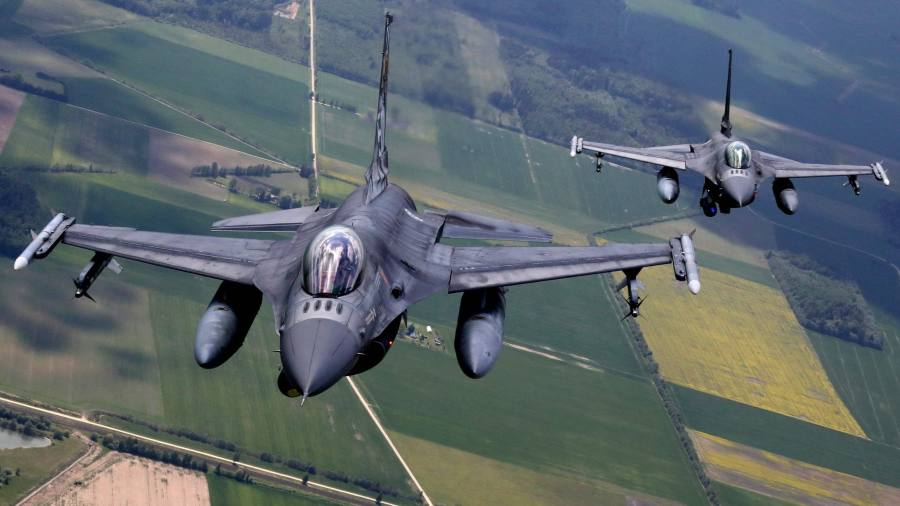[the_ad id="21475"]
[ad_1]
The writer is a retired RAF Air Marshal who was formerly director-general of Joint Force Development at the UK Ministry of Defence
Many have questioned why President Volodymyr Zelenskyy so determinedly pressed for the supply of F-16 fighter planes to his forces in Ukraine. Can one particular aircraft can make such a difference? The answer, in the case of the F-16, is yes.
In using the G7 summit to announce that the US would help train Ukrainian pilots to fly the aircraft, Joe Biden tied his allies into the decision. In effect, Zelenskyy hijacked the event so that major nations swung in behind Ukraine, just as the Russian military leadership appeared to be turning on itself.
Biden’s initial reticence on F-16 training was the fear of escalation. That the White House has overcome this caution suggests that their risk appetite has increased. Its other concern was that the Ukrainians would not be able to operate these jets effectively. Nato would usually package F-16s with a full range of supporting aircraft that are considered essential to their operations: electronic warfare, suppression of enemy air defences and airborne command and control. Without these, critics argued, the planes would be of little use.
The easiest charge to dismiss is that it would take 18 months to train Ukrainian pilots. Recent US Air Force trials proved that even though the F-16 is a high-performance fighter, experienced Ukrainian pilots could learn to fly it in four months.
In fact, Ukrainian forces have integrated western weapons on ex-Soviet aircraft in timescales that should embarrass our own peacetime processes. There are legitimate questions about who does deep maintenance on this western aircraft, but maintaining the F-16 on the frontline should not be an issue: it is a straightforward, single-engine aircraft, produced in great numbers, and so spare parts are plentiful.
The far bigger issue is who sustains the supply of western air-to-air missiles. The US Amraam is very capable but cost an estimated $1mn each. The longer-range European Meteor is even more expensive. While national war stock levels are understandably classified, it is an open secret that most Nato air forces are short. Allies would do well to accelerate their missile supply chains as a matter of urgency.
The lack of supporting air power is harder to remedy. Of course, Ukraine cannot replicate Nato support functions. But it doesn’t have to: Kyiv is not seeking a package of expeditionary air power,…
Click Here to Read the Full Original Article at UK homepage…
[ad_2]
[the_ad id="21476"]
